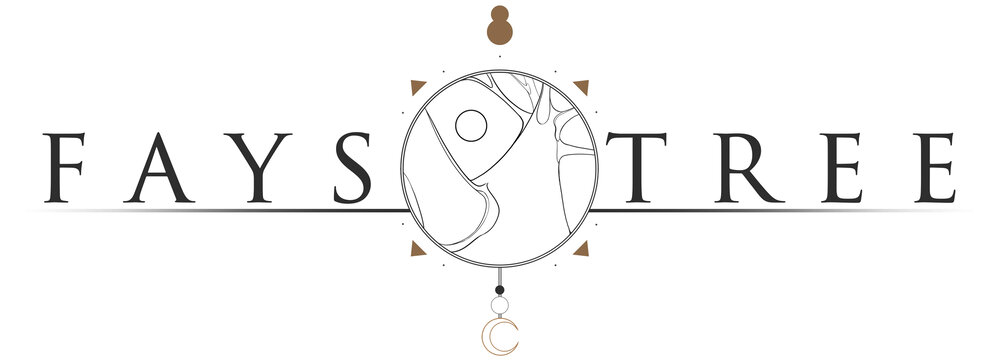And why no one ever talks about it
I’ve watched and read my fair share of painting tutorials, and a common theme that stands out to me is the lack of focus around painting details. Hell, in my last tutorial I didn’t once mention detail. Should I have?
So why does no one talk about details?
Details are boring, plain and simple. That sounds pretty counter intuitive doesn’t it? But it’s true. Painting details is an incredibly tedious chore when finalising a painting, and if you don’t have a good podcast or some great music to listen to you’re going to get sick of it pretty quickly. When it comes to painting tutorials, no one wants to sit for hours watching an artist tirelessly paint every single particle in a rock. Obviously we are talking about realism here, although detailing any painting can be a chore.
Technically speaking, for me the most important parts of a painting go in order like this: composition, values, colour. The last two being important parts of composition so I guess you could say it all comes down to that. Obviously disregarding concept and subject matter. See the images below for an example of why those three elements are more important than anything else. One of the images is fully detailed, yet the other just has the compositional elements. Zoomed out they both look virtually the same, right?
If Detail isn’t important, then why is it important?
Now that we have got past why no one talks about detail, and why it isn’t important, let’s get on to why it is important. Are you still following?
Detail can be used as a compositional element to great effect. Composition is all about contrast, and how to make important parts of the painting stand out the most. Disregard value, disregard colour and disregard line work. Just focus on the detail. What do you have left? Nothing but detail. So what stands out? Nothing is the answer. Now imagine a small area that is very highly detailed surrounded by large areas with very little detail, known as resting points. Now you see what I’m getting at.
I have demonstrated these areas of detail and resting points in the above painting of Kennis. The blue areas are resting points and the red areas are highly detailed, with the most details on my character. It is important to have an area of detail set against an un-detailed area for it to contrast. So when you have your values, colour and detail contrasting, you start really pulling your viewers eye into the focal point.
Seed of Renewald by Jesper Ejsing
The above image is by artist Jesper Ejsing. Here is a great example of using detail to aid your composition. In his work he focuses large amounts of detail around the focal point, and gradually reduces the detail towards the outsides of the painting. His backgrounds are even just smooth plain colour. But it works incredibly well.
Detailing can make or break a painting
Ever heard the phrase ‘sometimes less is more’? Well that applies here too. If a painting is heavily detailed throughout to the same level everywhere it becomes boring. It is flat and uninteresting. In my opinion this is a big no no. I see a lot of paintings that are so realistic you wouldn’t tell the difference between them and a photograph. Whilst I can appreciate the technical skill, I just don’t enjoy them. Where is the expression in them? There is no life to them.
I enjoy playing with detailed and un-detailed areas. Soft edges and hard edges. Cool colours and warm colours.
Quick tip on colour temperature
Whilst we’re on the subject, here is a quick bit of info on the temperature of colour. Cool colours recede and warm colours come forwards due to atmospheric perspective. So if you need to paint an object in the distance that is a warm colour, i.e red, it will desaturate the further away it is. Obviously rules are made to be broken, like I said in my previous post, so don’t feel like you have to stick to that religiously.
Final Thoughts
I guess my main point here is that no one talks about detailing in tutorials because there isn’t much to talk about. It’s just a tedious chore we have to do. Make sure to pay attention to where you are putting detail, as well as using reference to determine how the detail should look. Oh and don’t go overboard!
I really hope this has been an interesting read. If you want to get updates from me in the future then join my mailing list. I send out blog updates, shop updates, news and discounts





